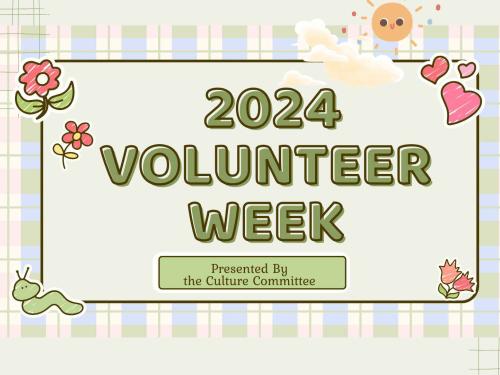Program vs. Site-level Branding: The Key to Fully Immersive Environments
How does signage design play a role in creating an immersive environment? Every organization from healthcare to hospitality has a unique identity.
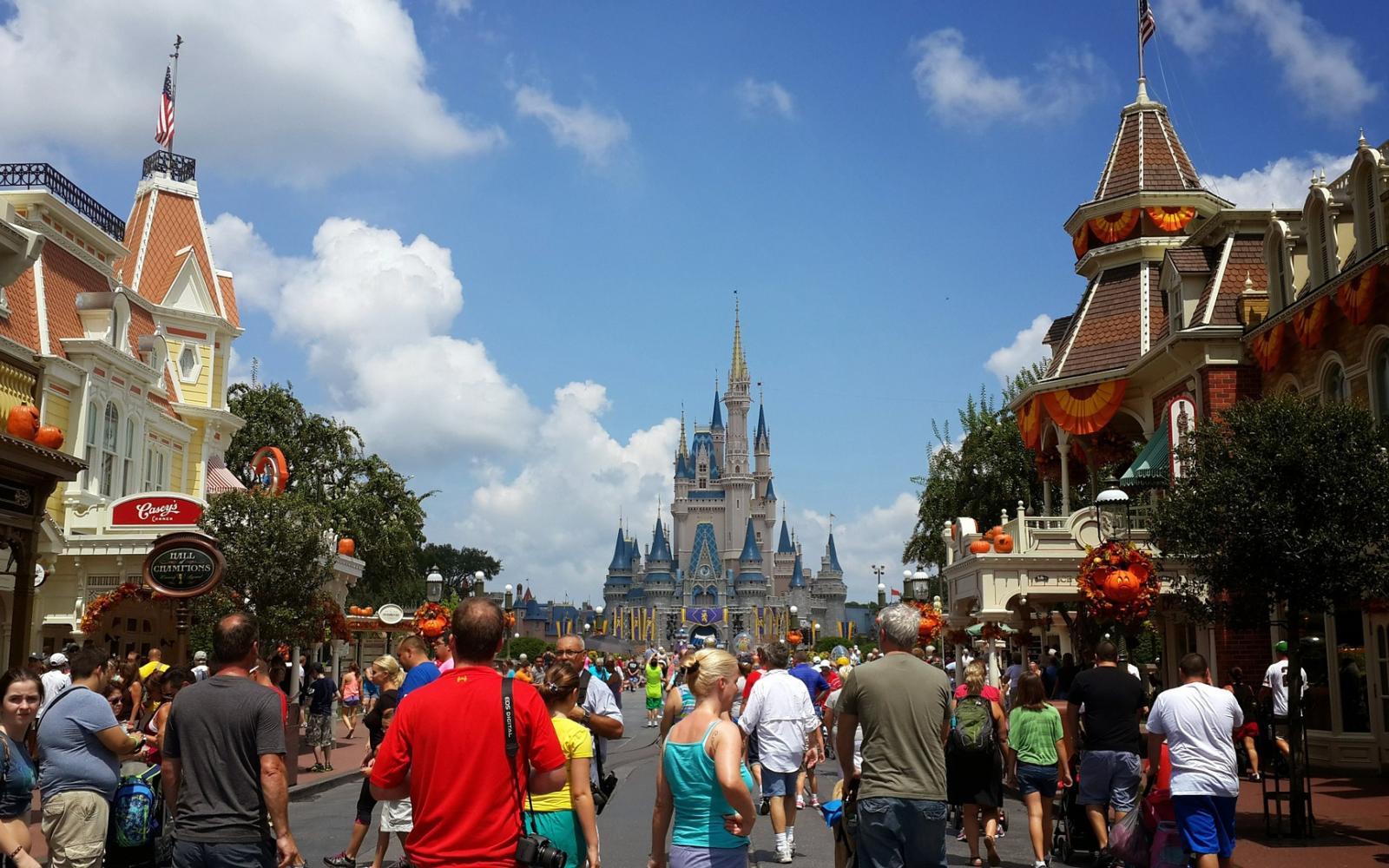
By Mark Hando, Art Director, Priority Sign
Immersive Experiences
Walt Disney was the consummate storyteller. At Disney theme parks, every element of the environment supports the story. The Casting building at Walt Disney World is so carefully designed with “whimsy and a little pixie dust” that, by the time an applicant gets to the reception desk, they are fully immersed in Disney culture.
When asked why he paid so much attention to detail, Walt Disney replied that, if the background to the story wasn’t believable, “people wouldn’t buy it.”
In today’s world, design reigns supreme—Apple and Disney being the universally cited examples. In physical space, as well as digital, it’s all about creating immersive experiences, or put another way, fully branded environments.
An outstanding customer experience, from the moment they first encounter your brand, is the ultimate design goal. The most forward-thinking companies aspire to this esthetic.
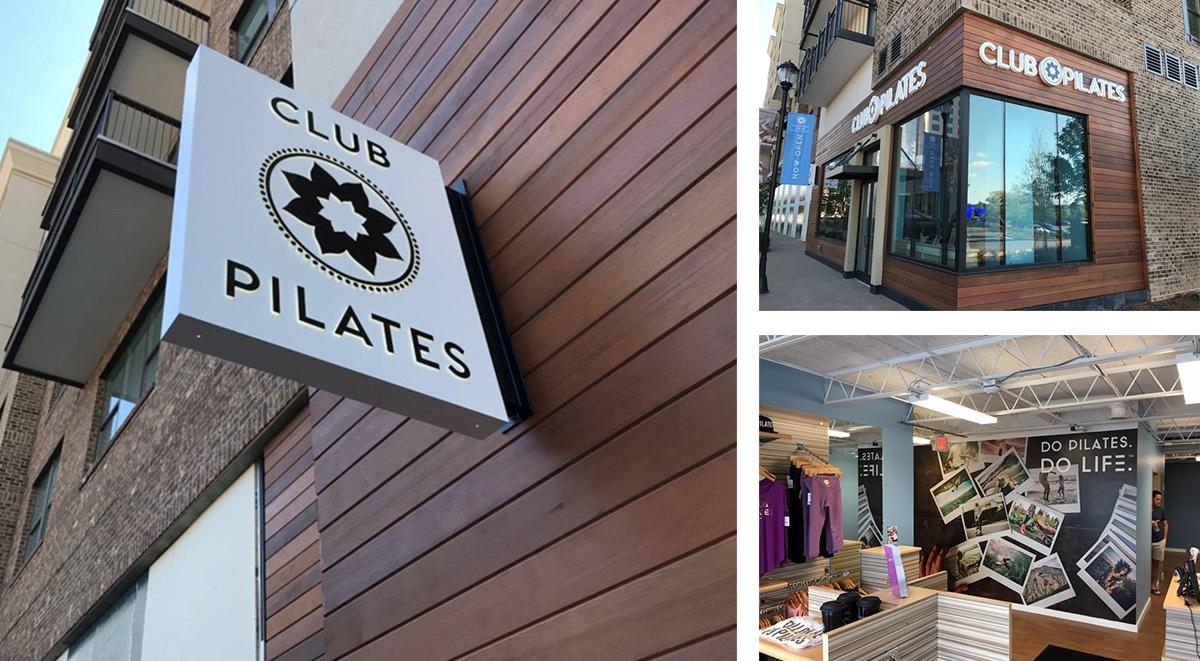
Brand Enthusiasm
How does signage design play a role in creating an immersive environment? Every organization from healthcare to hospitality has a unique identity.
Creating an immersive environment that supports the client’s identity means looking closely at what currently exists and designing a custom program that will enhance that environment.
To understand the organization’s identity or brand, designers consider all the major elements of the client’s marketing, such as its website and advertising. Site surveys, condition and type reports, and other details also help the design team get in touch with that identity and get enthusiastic about the brand.
Signage Design at a Higher Level
Traditional sign companies will focus on specific sign items and then organize them by type. So, they might have ground signs and then wall signs, etc.
Traditional sign companies don't show clients the space holistically, or how the elements play off one another within the same environment.
To create fully-branded, immersive environments, the signage design must start at a much higher level—at the program branding level. That means collaborating with the design firm, not only on how the logo translates to brand architecture, but in considering how all the potential signage works within the physical environment.
It means starting from the site perimeter, considering the surrounding architecture, and working in to directional signs and building exterior colors. The process extends all the way to the interiors, reception areas and wayfinding—even kid’s areas.
All the signage and everything else in view must work together to support the brand story, or customers won’t buy it.

All in the Details
An immersive design will first show how to optimize visibility as the customer approaches the site then lay out the story throughout the entire location. It will address major ingress points—the customer’s first experience and egress points-reinforcing lasting impressions.
Then, as their sight moves upward toward the facility, it reveals what's going to maximize the visual impact, and identifies elements that can be added to the surroundings. It could be towers, pylons or monuments, and making changes to the building color scheme.
Moving to the interiors, it looks at things like millwork and fixture design. The process might include how furniture will complement the signage selection and similar design considerations that will impact the brand.
It goes far beyond signage in the traditional sense.
To avoid a design bottleneck, the process must move quickly. It should also include digital options and incorporate current trends. Following acceptance of the program-level design, the site-by-site rebranding details should also be delivered quickly.
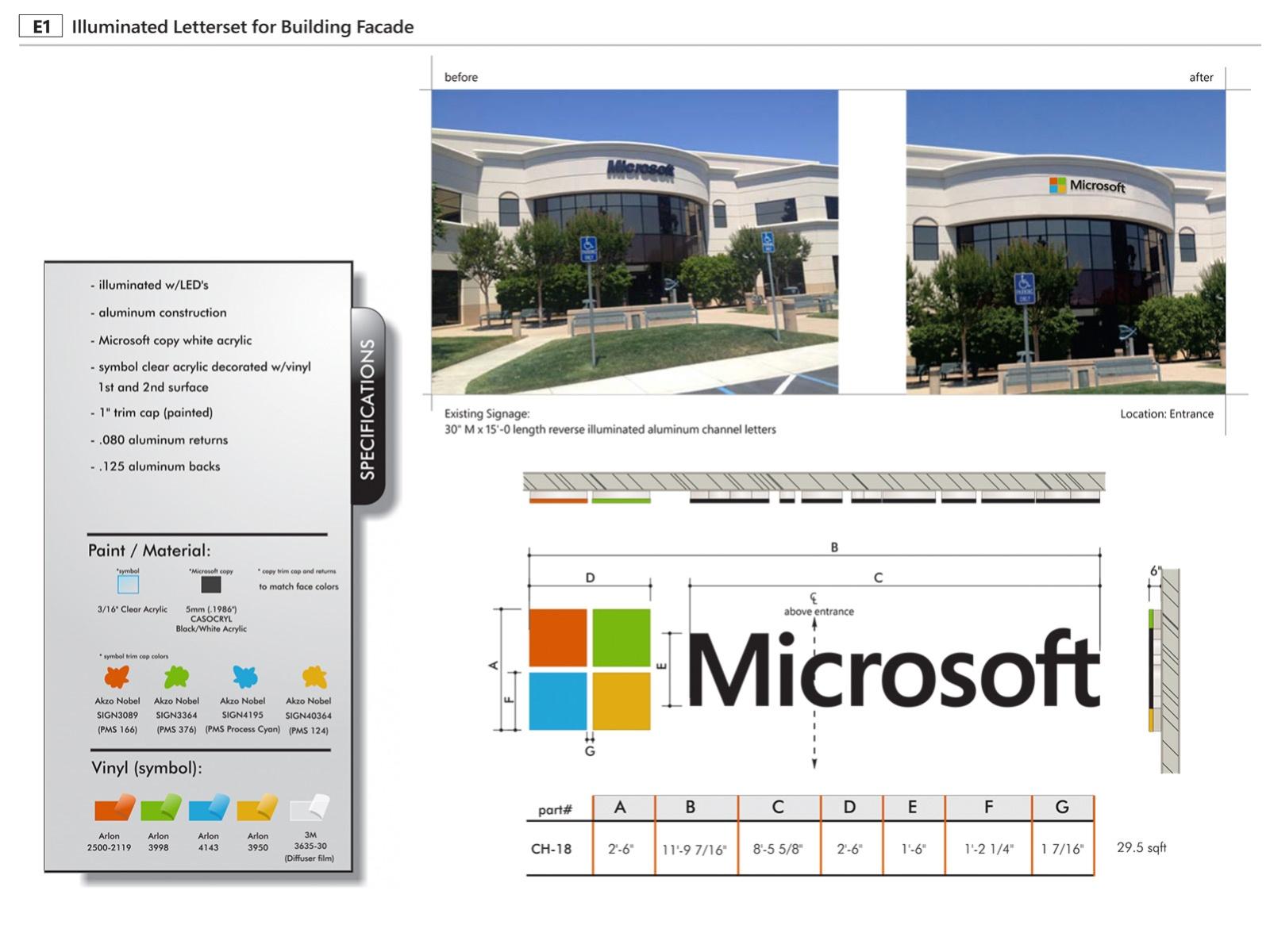
Bridging the Gap
An outside branding or design agency typically works in 2D to develop logos and digital branding. However, a three-dimensional representation of signage at specific sites provides a broad feel for how it’s all going to turn out.
A modern sign company with program-level branding bridges the gap between what a branding agency or design firm does and what a traditional sign company would do.
A program-level design process involves applying sophisticated 3D capabilities to translate 2D CAD drawings into advanced 3D representations and renderings quickly, then mocking up the signs on the drawings. Finally, the designer creatively adds various architectural enhancements and ideas to increase the value and visual impact of the brand.
Other critical elements in a sign company that support immersive, program-level branding include a dedicated sector of the design department and advanced design and production technologies.
Consistent and Universal
Once the program-level design is complete and accepted, the client will know that it's going to be applied in a very consistent and universal manner, and they’re going to understand the brand reasoning behind the total package.
The complete ‘kit of parts’ as some like to call it, specifies all the elements of the program that the client will be able to roll out universally to all locations, covering the vast majority of scenarios.
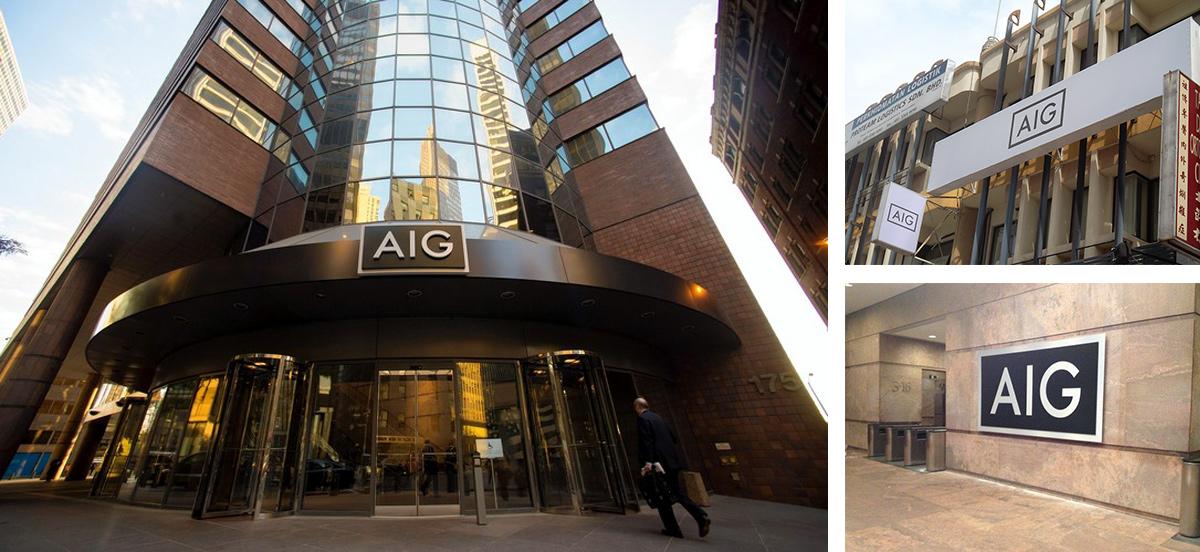
The Bottom Line
Program-level branding design delivers a comprehensive sign family and consistent brand application rules that any of the client’s other vendors can implement to ensure that branding remains consistent throughout all its sites.
The client will have the benefit of all the program-level prototyping and research work, including value engineering. Brand books will display space to space in a logical procession.
Many of the design assets can be used at client staging events, to assist other vendors.
In addition to brand books, other site-by-site deliverables include consistent templates, positioning dimensions on site elevations and decision trees to guide all stakeholders through the branding design hierarchies.
At this point, the client has seen a comprehensive representation of how they would apply the new branding to any site. Before the site work even begins, they will be very comfortable with the implementation. A smooth and confident installation schedule follows.
Program Branding Value
As has been shown, program-level branding works effectively to develop and implement immersive branded environments across multiple sites. With this higher-level of design, the client is receiving services that they would typically have to pay more to have developed for them.
With Priority Sign, it’s just the way we do business.
Current design and branding really is all about creating an immersive experience. Hence, Priority Sign works with clients on branding the entire space, both exterior and interior. A design department organized and dedicated to this very modern approach creates fully branded environments that increase customer awareness and loyalty. Value engineering ensures that they are also buildable and affordable.
For more information: inquiries@prioritysign.com



